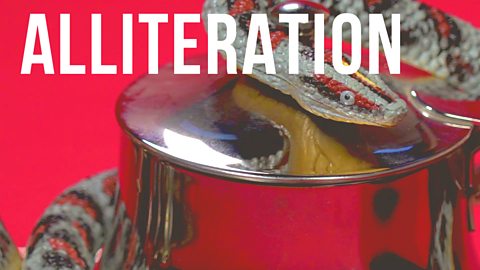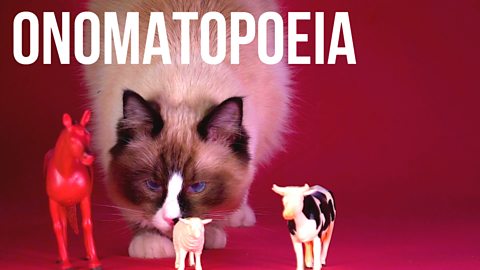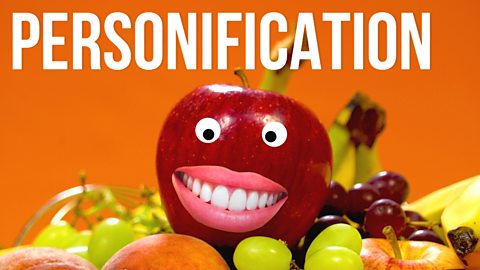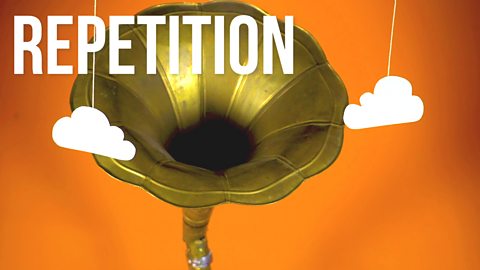A simile compares two things using the words 'like' or 'as'.
A simile describes something by comparing it to something else, using like or as.
A simile is a useful way to describe something without using a long list of adjectives. It can create a vivid image in the readerÔÇÖs mind, helping to engage and absorb them.
'Their food was tough as old boots.'
This simile suggests that the food was leathery, dry and impossible to chew.
Watch out! Don't confuse similes with metaphors.
- Metaphors say one thing is another.
- Similes always use like or as.
More examples
- 'The snake moved like a ripple on a pond.'
- 'It was as slippery as an eel.'
- 'Jess is as graceful as a gazelle.'
Poetry
In her poem George Square, Jackie Kay describes a protest using a simile: 'The banners waved at each other like old friends.'
This simile suggests the waving movement of the banners but it also hints at a familiar, united and friendly atmosphere at the protest.
There are two examples of similes in Robert Burns' poem A Red, Red Rose about his enduring love:
- 'My love is like a red, red rose that's newly sprung in June.'
- 'My love is like the melody that's sweetly played in tune.'
These similes compare Burns' love to things that are beautiful and traditionally romantic like a red rose and a tuneful song.
Novels
In the novel The Cone Gatherers, Robin Jenkins compares the character Duror to a tree: 'He was like a tree still straight, still showing green leaves but underground death was creeping along the roots.'
Here, Duror is compared to a tree that seems healthy but is dying on the inside. This powerful simile tells us that although Duror may seem healthy and well on the outside, on the inside he being slowly consumed by his hatred.
More on Understanding, analysing and evaluating
Find out more by working through a topic
- count5 of 15

- count6 of 15

- count7 of 15

- count8 of 15
